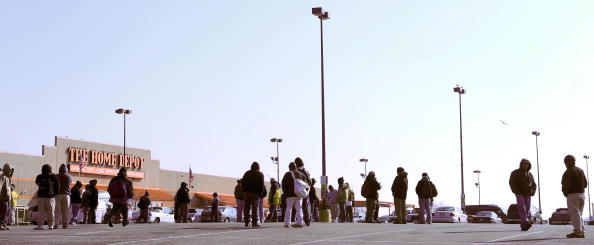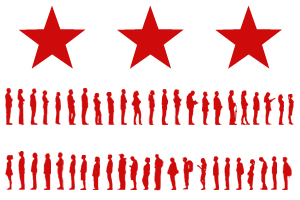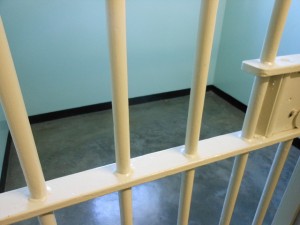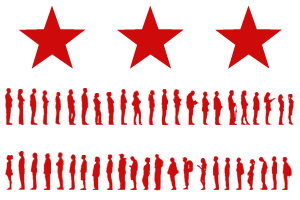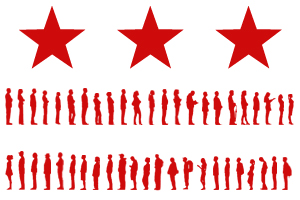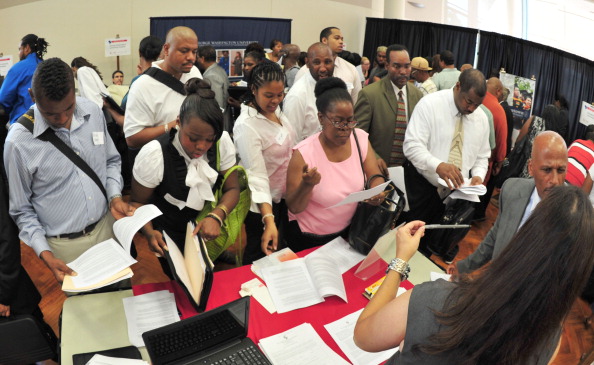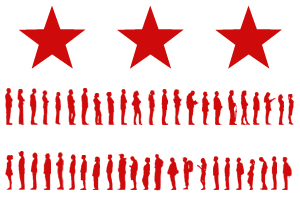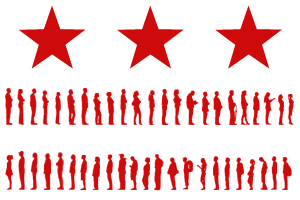
Image: Carrie Moskal / WAMU
"Division of Labor" is DCentric's examination of D.C.'s unemployment disparity.
This week, DCentric has been exploring unemployment disparities in the nation’s capital. D.C.’s job market attracts professionals from around the country, yet unemployment rates are as high as 26 percent east of the Anacostia River.
The outlook can be grim for young people growing up in these communities, but high joblessness hasn’t stopped some from planning for a future in which they are professionals.
Charnice Cunningham, 21, grew up in Ward 5, where unemployment is 14.7 percent. One of her childhood friends is in junior college, another dropped out of high school and a third is in prison.
“Some people make it. Some people don’t,” she said.
Cunningham is one of those who “made it.” She’s a senior at American University where she studies psychology, with plans to be a teacher or school counselor.
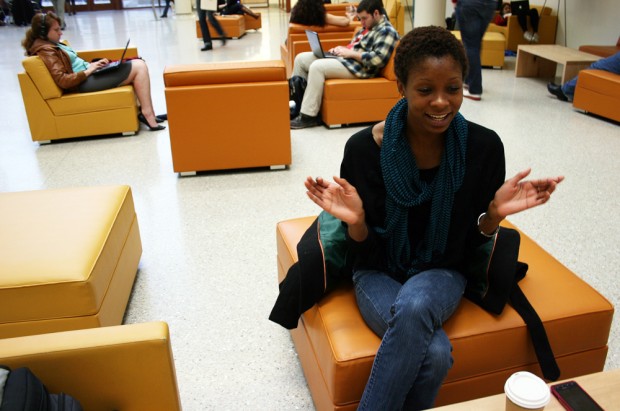
Elahe Izadi / DCentric
Charnice Cunningham, 21, on American University's campus. The psychology senior is from Ward 5, where unemployment is 14.7 percent.
She attributes much of her success to the support of her mother and attending the SEED School, a sixth through 12th-grade public charter boarding school in Ward 7. Students enter as sixth-graders and live on campus during the school week. The school’s mission is to get students to college, and that permeates the environment. Students meet with college counselors and make campus visits. University banners are plastered throughout the cafeteria’s walls. Each dorm room is named after a university. According to SEED, 94 percent of graduates go on to college.




